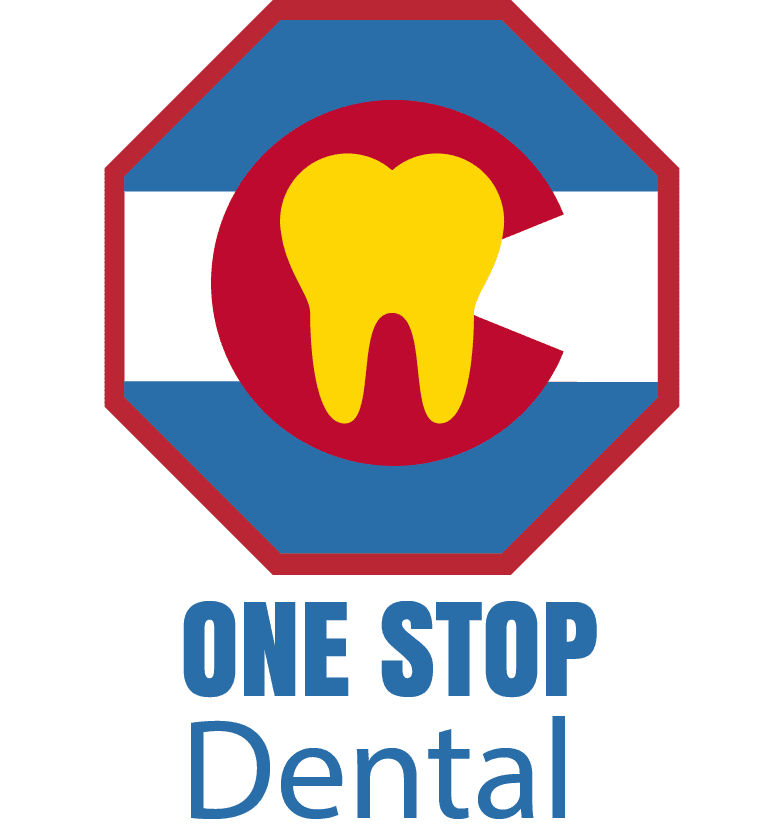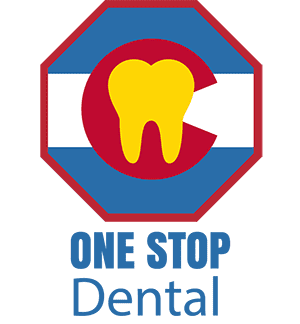Have you ever wondered why pain after tooth extraction treatment can be so persistent? This discomfort often stems from the body’s natural healing process and the sensitivity of the affected area. Understanding the causes can help in recognizing that this is a common experience following such procedures.
Pain after Tooth Extraction Treatment
Experiencing pain after tooth extraction treatment is a common occurrence that many individuals face. This discomfort can arise from several factors, including the body’s natural healing process. When a tooth is removed, the surrounding tissues and nerves may become irritated, leading to inflammation and soreness. Additionally, the formation of a blood clot in the extraction site is crucial for healing, and any disruption to this clot can result in increased pain, often referred to as dry socket.
Another common cause of post-extraction pain is the pressure exerted on the jaw and surrounding areas during the procedure. This pressure can lead to temporary discomfort as the tissues adjust and heal. It’s important to understand that while some level of pain is expected, it typically subsides as the healing progresses. For more information on the procedure itself, you can explore our detailed guide on How Long Does Tooth Extraction Take? Step-by-Step Guide.
Understanding Tooth Extraction Recovery
The journey to recovery after a tooth extraction is a crucial phase that requires patience and awareness. Pain after tooth extraction treatment is a common experience, as the body naturally responds to the removal of a tooth. This discomfort is part of the healing process, as tissues and bone begin to mend. Understanding the typical timeline and sensations associated with recovery can help individuals manage their expectations and recognize what is normal during this period.
During the initial days following the procedure, it’s not unusual to experience swelling and tenderness in the affected area. These symptoms gradually subside as the healing progresses. While each person’s recovery may vary, being informed about the general process can provide reassurance. For those seeking more detailed information on what to expect, visiting a trusted source like Colorado Springs Dental Extraction can offer valuable insights into the recovery journey.
Normal vs. Abnormal Pain Levels
Understanding the difference between normal and abnormal pain levels is crucial when dealing with pain after tooth extraction treatment. Typically, some discomfort and swelling are expected as part of the healing process, with pain gradually subsiding over a few days. However, if the pain intensifies or persists beyond the usual recovery period, it may indicate an underlying issue that requires attention. Recognizing these distinctions can help in identifying whether the pain experienced is a natural part of recovery or a sign of a complication that needs further evaluation.
Signs of Complications After Extraction
Experiencing pain after tooth extraction treatment is common, but it’s important to be aware of signs that may indicate complications. If you notice severe pain that doesn’t subside, excessive bleeding, swelling that worsens after a few days, or a persistent bad taste in your mouth, these could be signs of an underlying issue. Additionally, fever or chills might suggest an infection. Monitoring these symptoms can help ensure that your recovery is on track. For those in need of professional dental care, One Stop Dental is a trusted Colorado Springs Dentist ready to assist with any concerns.
Managing Swelling and Discomfort
Experiencing pain after tooth extraction treatment is a common occurrence, often accompanied by swelling and discomfort. This is a natural response as the body begins its healing process. Swelling typically peaks within the first 48 hours post-extraction and gradually subsides. Discomfort can vary in intensity, but it is generally manageable and diminishes over time. Understanding that these symptoms are part of the healing journey can help in navigating the recovery period with patience and care.
Role of Diet in Recovery
The role of diet in recovery is a crucial aspect to consider when managing pain after tooth extraction treatment. Consuming the right foods can significantly influence the healing process, as certain nutrients are essential for tissue repair and inflammation reduction. A balanced diet that includes soft, nutrient-rich foods can help support the body’s natural healing mechanisms, potentially alleviating discomfort and promoting faster recovery. Understanding how diet impacts recovery can provide valuable insights into managing pain after tooth extraction treatment effectively.
Importance of Rest and Healing
After undergoing a tooth extraction, the body requires time to recover, making rest and healing crucial components of the recovery process. Pain after tooth extraction treatment is a common experience, as the body works to repair the affected area. Allowing yourself ample time to rest not only aids in reducing discomfort but also supports the natural healing process. By prioritizing rest, you give your body the opportunity to focus its energy on recovery, which can help alleviate pain and promote overall well-being during this period.
When to Contact a Dentist
Experiencing pain after tooth extraction treatment is common, but it’s important to know when it might be time to reach out to a dental professional. If the pain intensifies rather than subsides over a few days, or if you notice symptoms such as excessive bleeding, swelling, or signs of infection like fever or pus, it could indicate a complication that requires professional attention. Persistent discomfort that doesn’t improve with standard care measures may also warrant a consultation with your dentist to ensure proper healing and address any underlying issues.
Emotional Impact of Dental Procedures
Undergoing dental procedures can be a daunting experience, often accompanied by a range of emotions that extend beyond the physical discomfort. The anticipation of pain after tooth extraction treatment can lead to anxiety and stress, affecting one’s overall emotional well-being. This emotional response is a natural reaction to the uncertainty and vulnerability associated with dental treatments. Understanding the emotional impact of these procedures is crucial, as it highlights the importance of addressing both the physical and psychological aspects of recovery. Acknowledging these feelings can help individuals navigate their dental experiences with greater awareness and resilience.
Conclusion
If you’re experiencing pain after tooth extraction treatment and need further assistance, don’t hesitate to call 719-447-1199 or check out our Google Maps reviews.

